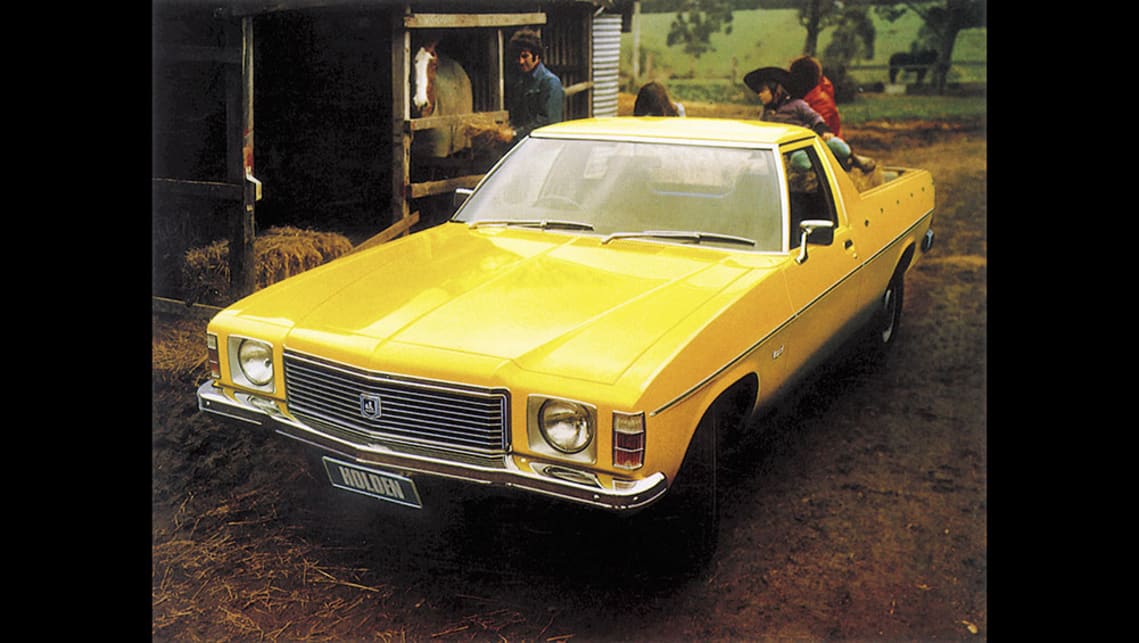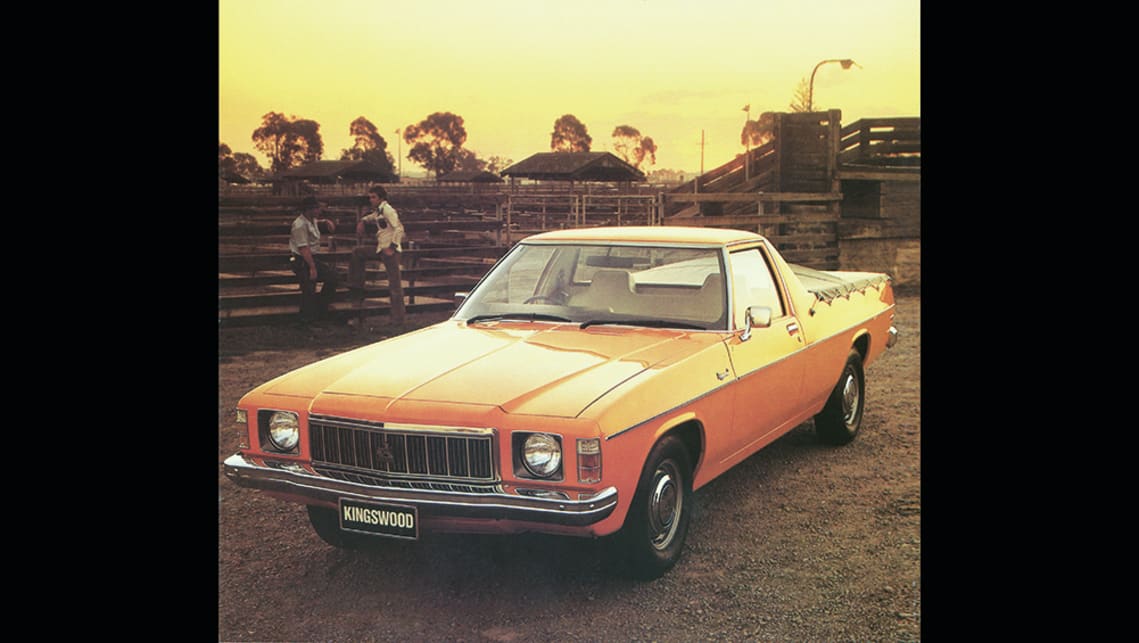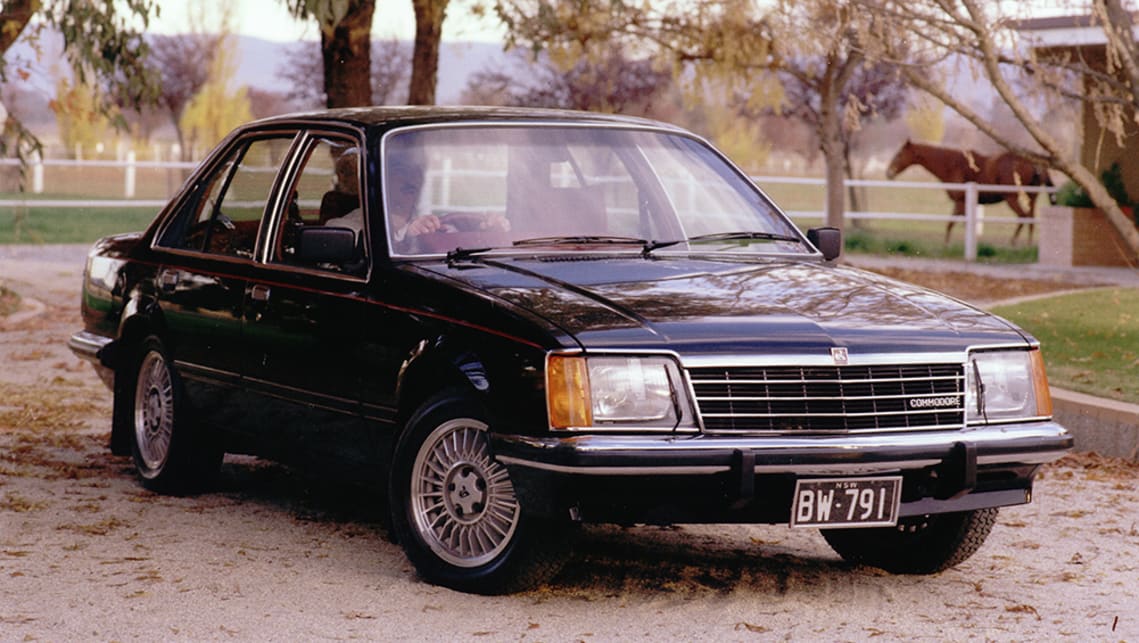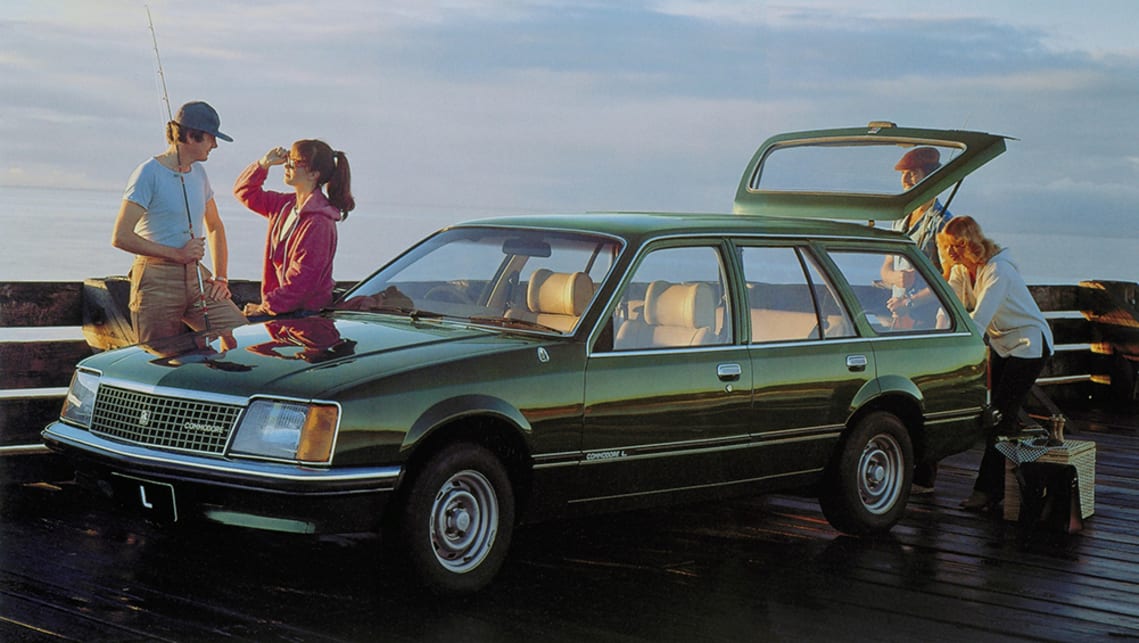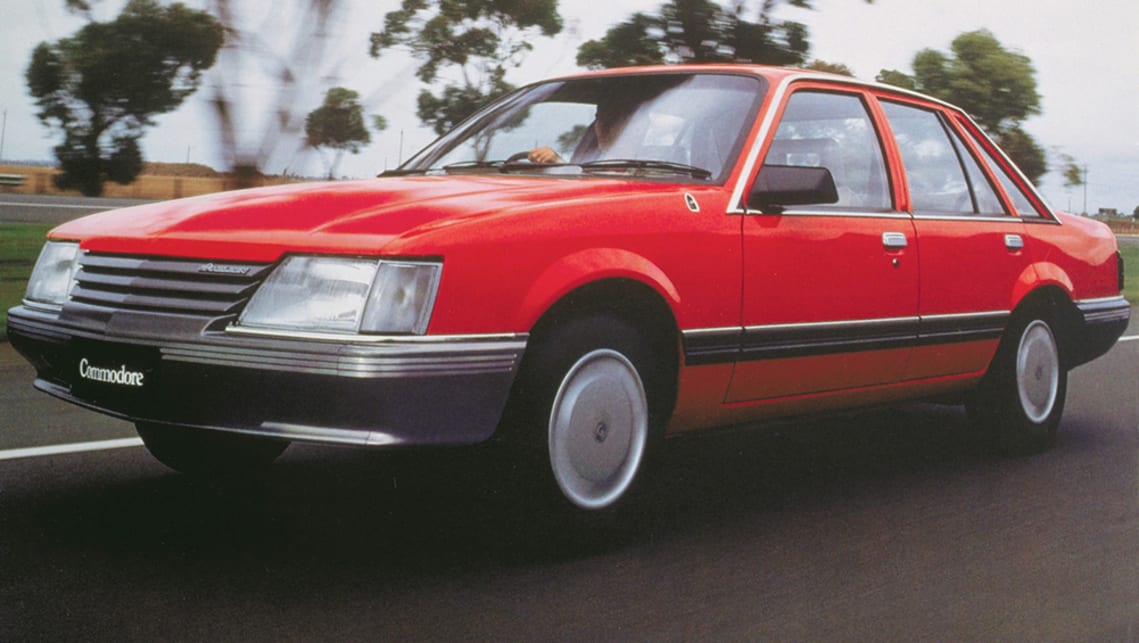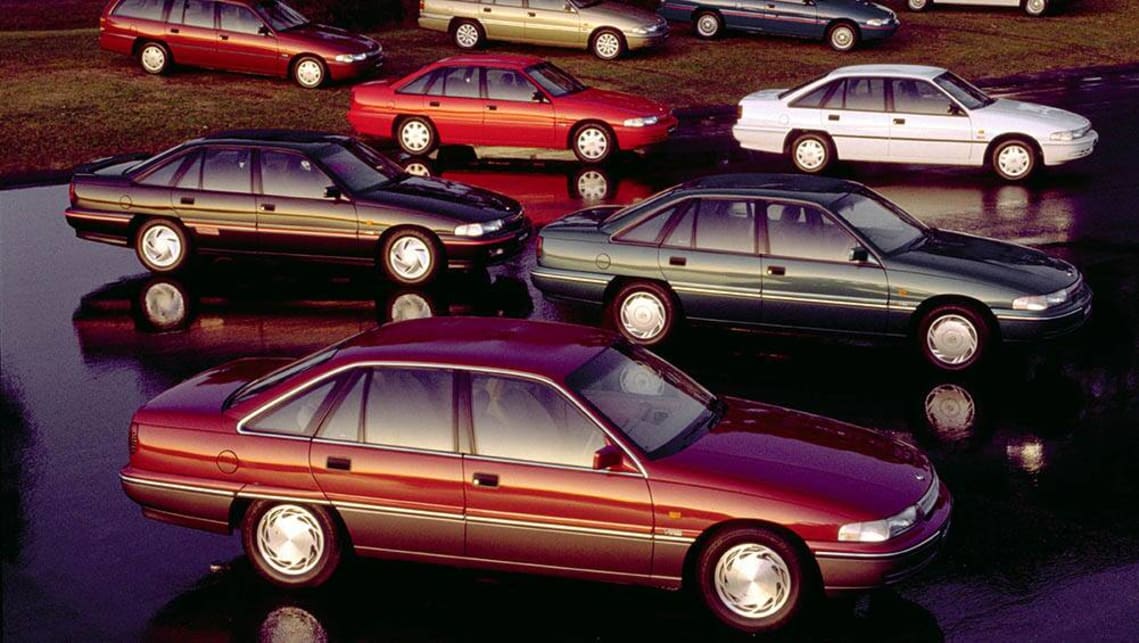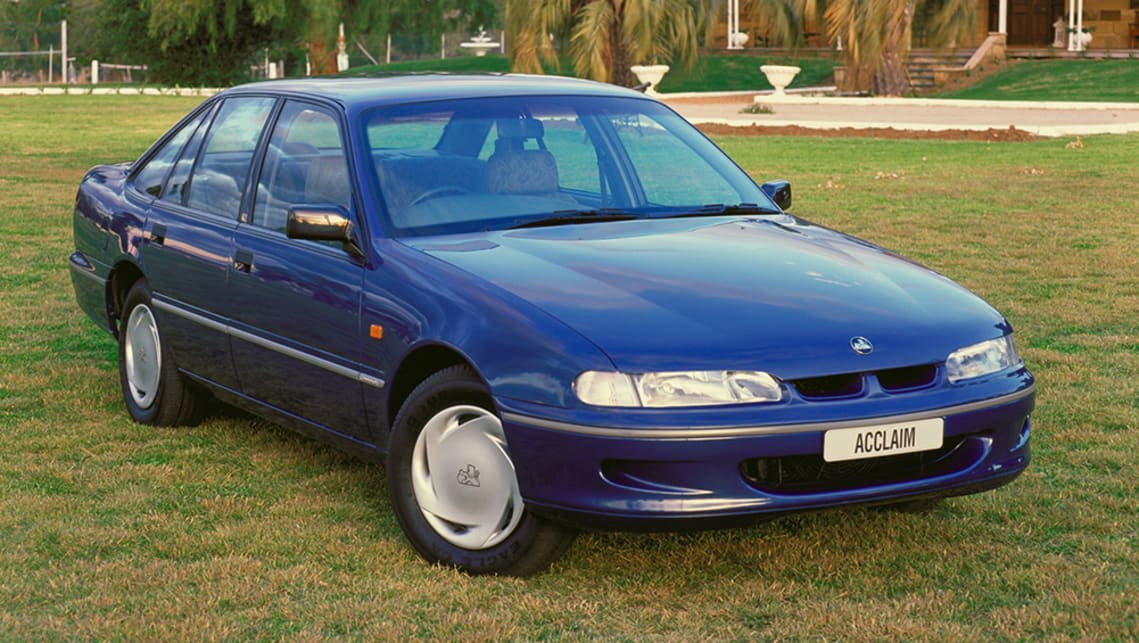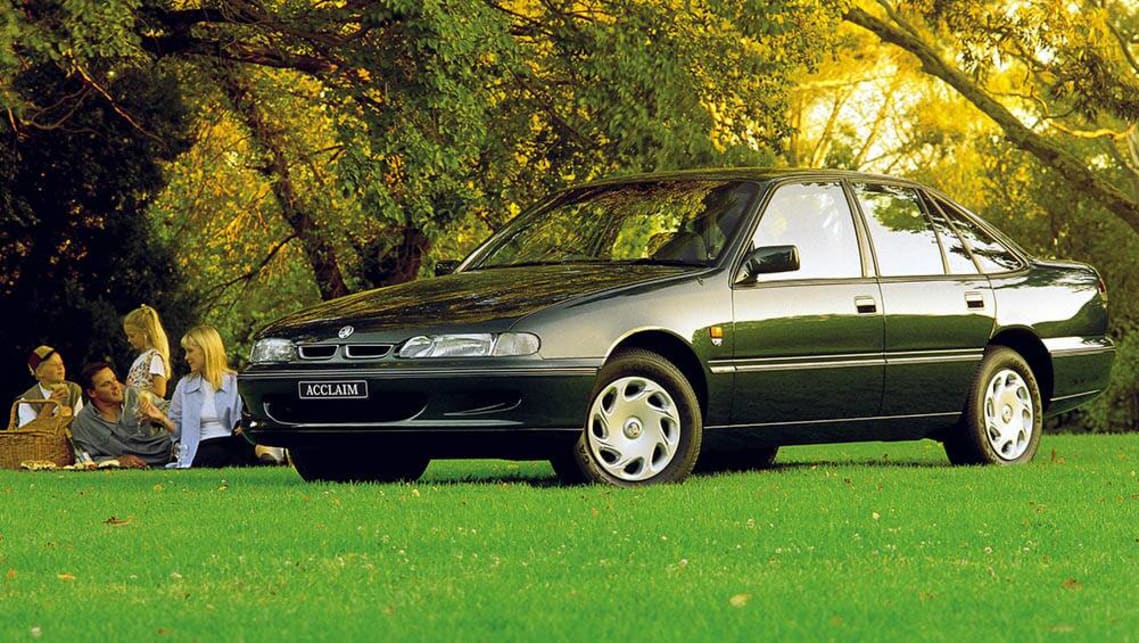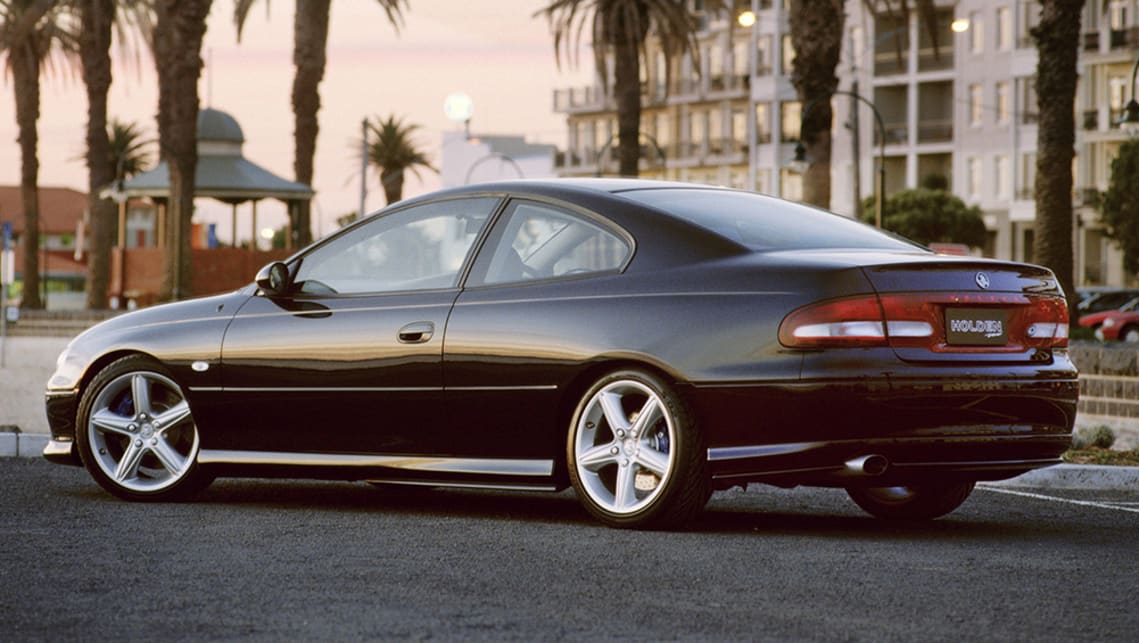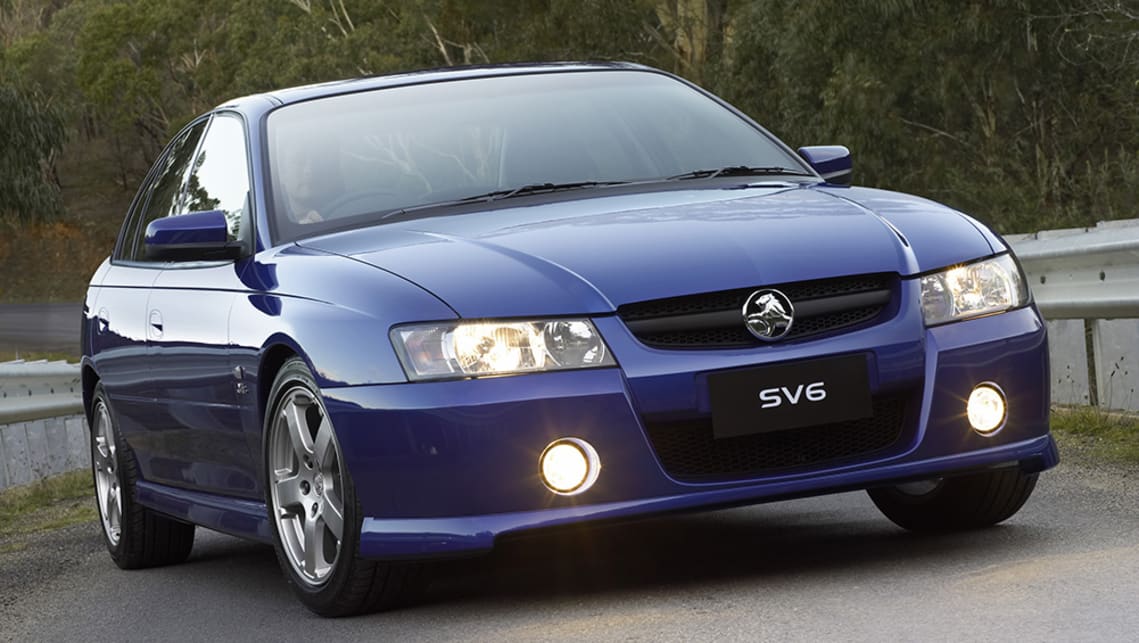Your cart is currently empty!
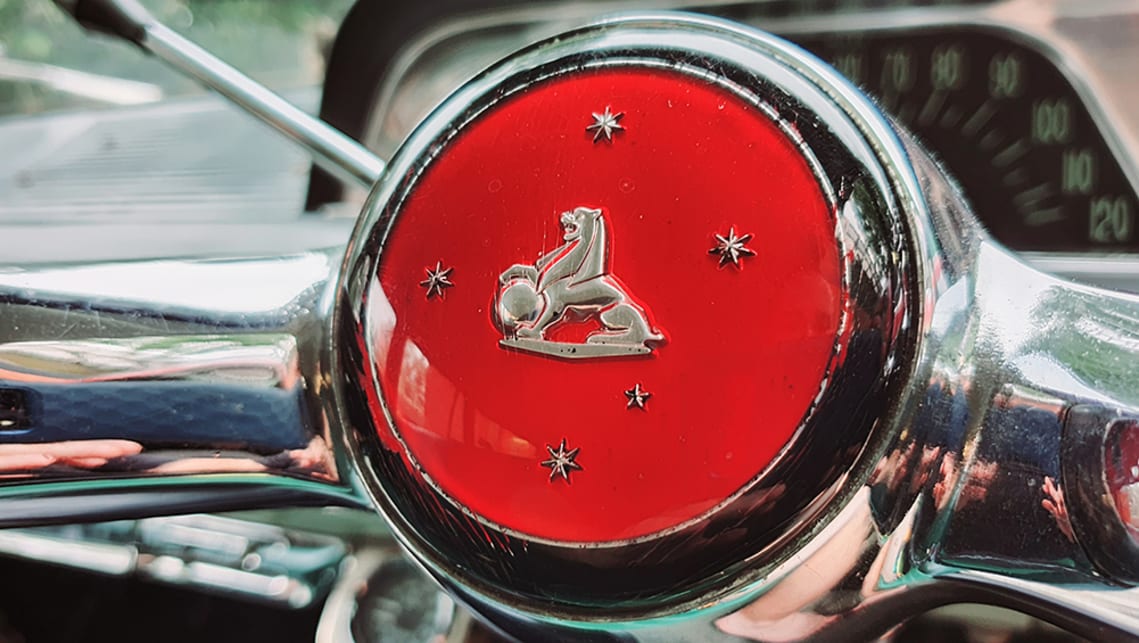
Holden history timeline: all the biggest hits and misses from 1856-2020
The Holden-badged car is no more, with General Motors announcing it will ‘retire’ the brand after deciding to withdraw from all right-hand-drive markets including Australia.
From the famous Commodore to the Colorado ute, the Barina hatchback to the Trax SUV, Holden has held a crucial role in the lives of many Australians throughout its 160-plus year history.
With Holden leaving Australia by the end of 2020, we look back at the major milestones that ingrained the brand so deeply into the local consciousness.
The man, the name
1856: James Alexander Holden arrived in Adelaide from England as one of the early boat people. He didn’t sit around and within two years (at just 19 years of age) he co-founded saddlery business Holden and Frost.

War dance
1896: Holden and Frost scored a major government contract to supply harnesses and saddles to the Imperial Forces engaged in the Boer War in South Africa.
The car is the future
1908: Holden and Frost moved into the automotive world, making side-curtains for some of the first cars on Australian roads. Upholstery repairs were also a speciality.

Body building
1913: Holden was making complete metal sidecar bodies for motorcycles.
Local content
1917: War restrictions forced manufacturers to start making car bodies to be fitted to imported chassis. Holden became a large-scale operation in this field and by 1924 has becme the sole body supplier to General Motors.

The buyout
1931: General Motors recognised the success of the body-building operation and bought it outright. As well as a ready-made production facility, it gave GM more control over its business. General Motors Holden’s Limited was born.
The Bend
1936: GM bought a huge patch of reclaimed river silt in Fishermans Bend just south of the city of Melbourne and built the art deco pile that has been Holden’s headquarters ever since. Assembly of Chevrolets and Vauxhalls for local consumption were the main operation.

The boss
1934: Laurence Hartnett (grandfather of former CarsGuide interim CEO Matt Barnett) became GM-H managing director. A war hero (and later Sir Laurence), Hartnett spends the war organising manufacturing across the Allied world, making several risky flights over occupied territory during World War 2.
Warbirds
1939: GM-H was a major supplier of war machines to the Allies including guns, tanks and even aircraft. In fact, Australia built whole aircraft long before it builds its first car.
After the war
1945: Hartnett sat down with Prime Minister Scullin to float the idea of Australia making whole cars from scratch. The idea was born. And was a grand one; to build jobs and the nation itself. Eventually, an agreement was arrived at: GM will provide the know-how and engineering, but the Australian government must take the financial risk.
She’s a Beauty
1948: Prime Minister Ben Chifley unveiled the first production Holden, the 48-215, at Fishermans Bend, declaring, “She’s a beauty.”. Notably absent was Laurence Hartnett who had been effectively sacked by General Motors in December 1946, although he is still regarded as the father of the Australian car industry.

Beaut ute
1951: The utility version of the Holden was launched and while the official name was still 48-215, Australians knew the model simply as the FX.
The FJ legend
1953: The first update of the Holden was the FJ. A bit more chrome, the same mechanicals and the option of a panel-van kept Holden showrooms full. The only problem for Holden was keeping up with customer orders. The brand snatched market leadership the same year. By 1954, every third car on the road in Australia was a Holden.

All new
1956: The first all-new model Holden arrived. Dubbed the FE, it was a more modern look. Like previous models, was a bit like a three-quarter scale US-market Chevrolet to look at and, also like the previous FJ, it was available in Standard or Special (ritzier) trim. The FE was replaced by the FC in 1958. This same year, Holden reached the 100,000 units per year milestone. By now, every second car sold in Australia was a Holden.

More chrome
1960: Although based on the same floorpan as the FE and FC, the new FB was a bigger, brasher vehicle in every regard. Mechanically, though, Holden was in neutral. Styling upgrades are coming thick and fast in the 60s, and less than 18 months after the FB, the EK arrives in 1961. You needed sharp eyes to spot the differences, however.

New direction
1962: The EJ Holden was a major departure from previous Holdens. It was lower, sleeker and better equipped, including ushering in the option of the flagship Premier trim level. Why? Because Ford was now building the thoroughly modern Falcon locally, and things were hotting up. The millionth Holden made was an EJ.

Everybody’s darlin’
1963: One of the best-loved Holdens of all time, the EH remains a sweetheart. Introducing the new `red motor’ six-cylinder, performance was through the roof. The EH also spawned the S4; Holden’s first attempt at a motor-racing homologation model.

Viva the revolution
1964: Holden began assembling the Vauxhall Viva as its small-car offering. By 1968, the car was being completely manufactured in Australia and badged the HB Torana.

Horribly Designed
1965: Following one of Holden’s best (the EH) was one of its worst. The HD looked new but was the same old gal underneath. The body was stretched and widened, making for all sorts of complex metal folds and box-sections that trapped moisture and allowed rust to form before the warranty was up.

Hastily Redesigned
1966: Holden moved quickly to fix the problems of the HD and, in the process, produced another huge crowd-pleaser. The HR was regarded as almost as loveable as the EH.

Not the Kingswood
1968: Yep, the Kingswood. The HK Holden saw the end of the old Standard and Special model variants and ushered in the Belmont and Kingswood tags. The Premier remained as the flagship variant. The HK also gave us the Brougham – a stretched Premier with more boot but no extra legroom – as a response to the Ford Fairlane luxury car. The other big news was the Monaro, a swoopy, coupe version of the Holden. The HK was also the first Holden with a V8 option, in this case a pair of imported Chevrolet V8s. The first facelift of the HK was the HT in 1969. It was a cleaner look but, crucially, the locally designed 253 and 308 cubic-inch (4.2 and 5.0 litre) V8s were now online. The Monaro won the 1969 Bathurst classic in HT form. The final upgrade of the HK platform was the HG in 1970. The Holden big-car line-up included 13 distinct models including utes, wagons, panel-vans, coupes and the Brougham.

The giant killer
1969: The bigger, LC Torana arrived in 1969, and with it came enough re-engineering for it to swallow the six-cylinder engine from the Kingswood, creating an instant hot-rod. The ultimate expression was the GTR-XU1 and, in LJ form, it won Bathurst in 1972 with none other than first-time winner, Peter Brock, at the helm.

Selling up a storm
1970: This was the year Holden cracked the magic 200,000 cars built in a calendar year.
Another landmark
1971: The HQ would go on to become Holden’s best-selling model ever. In just over three years, it sold almost a half-a-million units. A more modern look with plusher ride, the HQ wad still a conservatively engineered car. But we loved it. The Monaro continued, but the luxury model was the Statesman with a proper long wheelbase. A one-tonne tray-back ute was a new addition to showrooms. The three-millionth Holden was a HQ.

Squarer, slower
1974: A much squarer look, the HJ Holden was, to many eyes, a backward step stylistically from the svelte HQ. Things got worse in the HX model of 1976 with ADR 27A, a new anti-pollution law regime that required changes to engines. And while some makers got it right, Holden rolled the arm and delivered a model with less performance and higher fuel consumption than the previous model. This year also saw the grown-up Torana, the LH, arrive with a choice of four-, six- and eight-cylinder engines. The SLR/5000 and gorgeous Hatchback (of the updated LX) were the highlights. The last Torana, the UC of 1978, was watered-down and now all but forgotten.
You and I (and Gemini)
1975: Based on GM’s global small-car, the Opel Kadett, the Holden Gemini of 1975 filled the space vacated by the ever-bigger Torana. Built at Holden’s Brisbane plant, there was a sedan, a questionable two-door station-wagon and a very pretty coupe. Production lasted until 1985 by which time, the rear-drive platform was seriously outgunned by more modern designs. Holden switched to the front-drive RB Gemini at that point, but was a flop.

Radial tuned
1977: Criticism of the Holden’s poor handling were finally addressed with the HZ and its Radial Tuned Suspension which altered suspension geometry to good effect. The last of the Kingswoods, there was no two-door Monaro, but a GTS-badged four-door took its place. Sort of.

All change
1978: Holden ditched everything it knew and turned to local manufacturing of a European Opel design as its next family car. The Commodore was the result, and with local engineering input it soon established itself with far superior dynamics to any Holden before it. The first model, the VB, was the beginning of a hugely successful dynasty. The VC followed in 1981 and then the VH in 1981. The former was notable for being the first model to be treated to the Brock magic and emerged as the first HDT Commodore. The VK folloed the VH in 1984 and as well as some successful styling changes, the model was notable as the last Holden to use the locally made six-cylinder engines, including one version with electronic fuel-injection. This was also the year Holden celebrated 25 years of market leadership.
The last big guy
1980: Holden had by now turned to the Commodore as its family wheels, but the previous Kingswood platform soldiered on as the WB to form the basis of the Ute, panel-van and Statesman models. After the WB, Holden would’nt have a ute until 1990. But the Commodore is was the business anyway and in 1981, Holden built its four-millionth car.

Oops
1982: Another of GM’s world cars formed the basis of the Holden Camira which still rates as one of Holden’s biggest missteps. Gutless, tinny and prone to rusting within the warranty period, the Camira soon became a front-bar joke. Various facelifts came and went, but the Camira was a turkey from day one and was quietly and mercifully discontinued in 1989, long after its welcome had worn off.

Turning Japanese
1986: Although based on the original Commodore platform, the VL was the result of Holden not being able to squeeze any more life out of its old six-cylinder engines. So, went goes shopping at Nissan and bought a batch of 3.0-litre sixes. The turbocharged version was a real fire-breather and faster than the V8 models.

Buttoning up
1987: About this time, the Federal Government got serious about the industry’s viability. It worked out that each separate model needed to be built in volumes of 40,000 or more a year to make sense, so the push was on for carmakers to jump into bed with each other and share development costs. It didn’t quite work out that way, and after Holden first tried a deal with Nissan, it then bed-hopped into a deal with Toyota. At least the Holden-badged Nissan (the Holden Astra) used a Holden engine – eventually – while the Toyota stuff was a simple rebadging job. Ironically, the most reliable Holden ever made (the Apollo) is actually a Toyota. At least they were built in Australia!

Return of the big fella
1988: Reacting to long-term criticism that the Commodore is too small for Aussie families, Holden went back to a full-sized car for the VN Commodore of 1988. It used a thrashy but spirited V6 engine (a Holden first), and before long there was a fuel-injected version of the old 5.0-litre V8. The SS badge was revived for the sporty V8 model. Two years later, the Holden Ute returned as the VG model, along with long-wheelbase VN variants including a Statesman, Caprice and station-wagon. The VP was a mild facelift of the VN that arrives in 1991. By 1990, the five-millionth Holden was a VN Calais.

Smarter, safer
1993: Although retaining the VP’s undercarriage, the VR Commodore was a big step up. It introduced many Aussie Holden buyers to the airbag and a model called the Acclaim, which had a driver’s airbag, ABS brakes and independent rear suspension, and was proof that safety was being taken seriously. The VS model of 1995 was more of the same but still sold well.
Global appeal
1997: Sexy styling, independent rear suspension across the board (even the wagon) and the same ruggedness that made Holdens Holdens ensured that the VT Commodore was the best-selling Commodore ever, with almost 304,000 sold. The VT was bigger, heavier, but better in every way. The VX of 2000 was a mild facelift but didn’t bring ABS brakes to the entire line-up.

V for Vectra
1998: Having imported the European Vectra mid-sizer for a year or so, sales were strong enough to convince Holden to produce the car locally. It only lasted a few years, though, and poor reliability meant the Vectra goes back to being an imported – and obscure – car for 2003.

Hubba hubba
2002: What started as a top-secret, after-hours project between a few buddies within Holden became the star of the Sydney Motor Show in 1998 and, subsequently, entered production as the reborn Monaro. Based initially on the VX, the Monaro looked fantastic, was affordable and also – like the VT and VX sedans – was a viable export product. The VY and VZ Commodores that follow also featured Monaro versions, while the last VZs in 2005 introduces us to the new, DOHC V6 engine that would power future generations of Commodores. The One-Tonne ute made a comeback with the VY (which lasted little over a month before being updated for VYII) and Holden had a crack at a home-brewed SUV called the Adventra – basically a Commodore wagon with an all-wheel-drive platform pinched from Hummer. It was a disappointing thing and didn’t make the jump to the next new model. This year was Holden’s last at the top of the sales ladder with 21.6 per cent market share.
VE Day
2006: GM’s Zeta platform formed the basis of the next all-new Commodore, the VE. A much more stable, dynamic car, the VE was let down by poor interior plastics and iffy build quality. But it sold well despite some engine woes and ongoing electrical problems.

Enjoy it while it lasts
2010: This was the final year that the Commodore was the country’s top-selling model, a mantle it had held for 15 years in a row.
Cruze control
2011: As with the Vectra, after a year or two of selling the fully imported version of the Cruze, Holden decided to produce it here. So, from 2011, the Cruze line snuggled up against the Commodore line at the Elizabeth plant. But once the writing was on the wall for the big Holden, the Cruze’s was is sealed as well.

The last waltz
2013: The VF Commodore was a facelift of the VE but was much better built and more refined in many aspects. It is also launched at the point in time when the Federal Government withdrew financial support for the local car industry, so it was also the last of the home-made Holdens. Holden sent it out with a bang with some limited-edition models in sporty trim and colour combinations. The final version of the SS got the 6.2-litre engine HSV had been using and plenty of love from the engineering department, and emerged as one of the best big, rear-drive cars you could buy. Period.

Last man standing
2017: The year before, both Toyota and Ford Australia had ceased local manufacturing, leaving Holden no option but to join them. The lights were turned out for the last time on October 20.
Needn’t have bothered
2018: The new Commodore, a fully imported car was launched. Even before the wraps come off, the haters were having a field day, dooming the car. In other ways, the ZB Commodore was a very good car. But when the volume-selling model was a four-cylinder car with front-wheel drive, calling it a Commodore was a bridge too far. By late 2019, Holden announced it would drop the Commodore and Astra to concentrate on SUVs and utes. The move took the brand one step closer to oblivion. GM sped up that process by selling its Opel operation (which built the ZB Commodore) to Peugeot–Citroen. The ZB was an instant orphan and buyers know it. The depth of the trouble was reflected in Ford, itself struggling, beating Holden in the sales race for the first time in 21 years. By year’s end, Holden’s market share was just 3.1 per cent, the lowest it had ever been.

That’s all, folks
2020: On February 17, Holden dropped the bombshell that it was pulling down the shingle for good. There would be no more development and test centres, no more dealerships and no more cars with Holden badges. No government support, changing consumer tastes, a lack of hybrid or electric models and, ultimately, GM’s decision to abandon right-hand-drive production all helped to seal the Lion’s fate. But it was a heck of a century-and-a-half and gave us more than seven million reasons to smile.
by
Tags:

